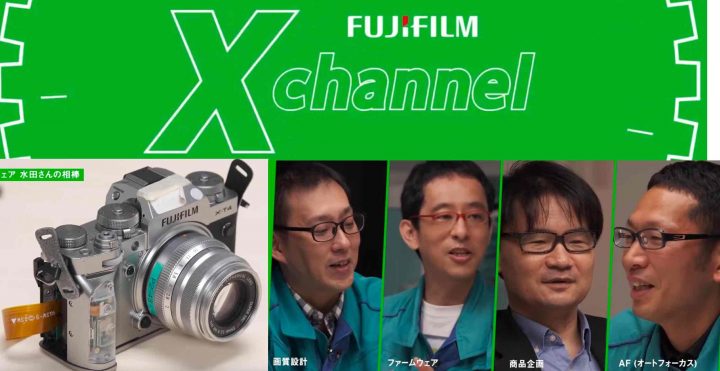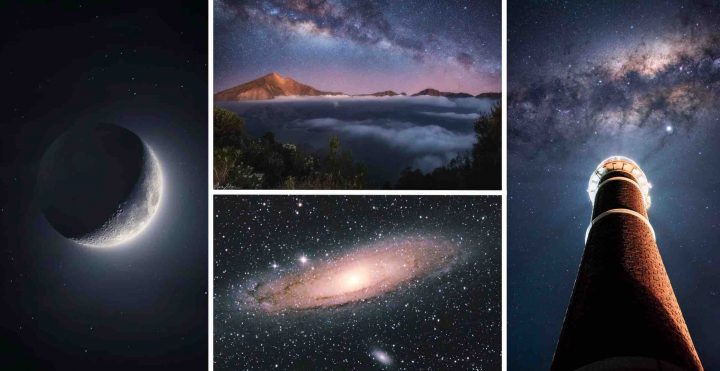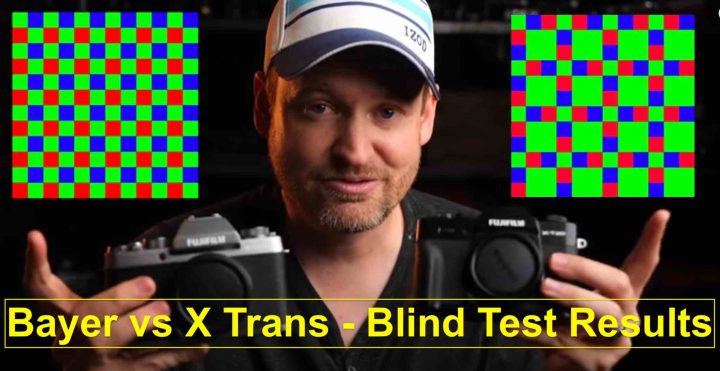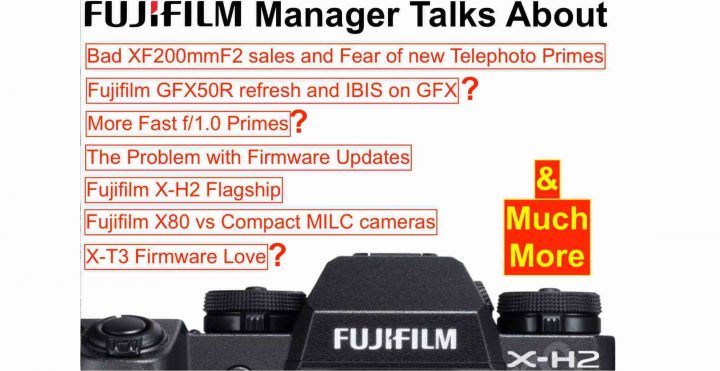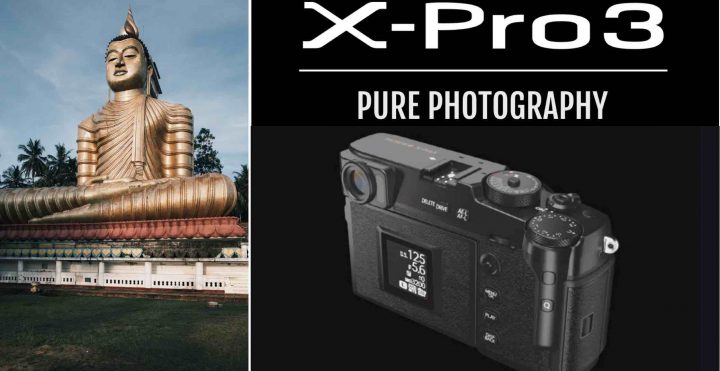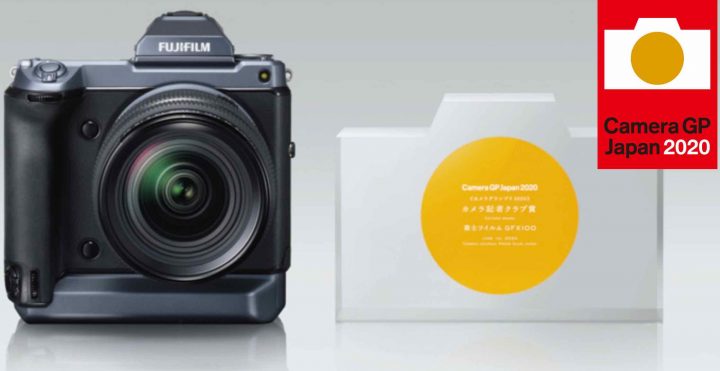
The Fujifilm GFX100 won the Camera GP Japan 2020 Editors Award, said to be the most prestigious camera award in Japan.
Now, I don’t know much about this specific award, but overall I wrote an article in the past about the dubious meaningfulness of such awards. But hey, better to win something than not to win.
It is totally subjective, but personally I rejoice much more when other awards are won, for example when photographers using Fujifilm cameras win hands down at the 2020 Word Press Photo awards.
Think at this:
None of the Fujifilm X shooters creaming off all the top awards at the World Press Photo 2020 used the most powerful camera on the market: an X-Pro2, an X100F, an X-H1 and others. But each of these cameras has its character, its peculiar look and feel, build ergonomically around the different needs of different photographers, and hence the tool many chose, to go out and grab award winning images.
Personally I also prefer to use a camera that fits my shooting style, rather than one with the power of a playstation, as I know I will get better results out of the first one.
This is also the reason, why the Fujifilm GFX100 made me salivate on specs level, but personally (as a guy, who does not make a penny out of his photography) I would not buy one, at least not until it looks like this Fujifilm GFX concept.
When I picked up the Fujifilm GFX100 and tested it, it was the first Fujifilm camera I ever hold in my hands, that I had to spend time just to figure out how to operate it.
You know what I mean?
I mean, give me an X-Pro2, X100V or X-T4, and thanks to their intuitive layout and manual controls, I can shoot right away, without any need of a manual or even setting up anything at the menu.
Specs are nice and good. But esthetics, ergonomics, feel and usability are more inspiring for me than mere specs, and therefore help me to keep my passion, fun and inspiration for photography high and fresh.
With that said, here you get it: the list of Camera JP Japan 2020 winners.
The big winner is Sony.
Join FujiRumors on Patreon, Facebook, Instagram, RSS-feed, Youtube, Flipboard and Twitter
Fujifilm Press Release
